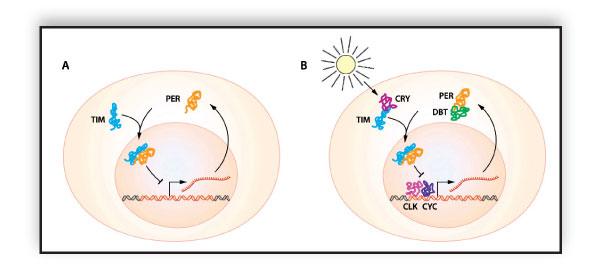
 The cell is a microscopic unit of living matter. The fluid inside a cell is called cytoplasm. Some organelles in the cells include the nucleus, mitochondria and the ribosomes. They float within the cytoplasm and perform specific functions. The nucleus takes up about 10% of the cell’s volume. It can make exact copies of its DNA and holds RNA. The most important function of the nucleus is to store the cell’s genetic information in the form of DNA.
The cell is a microscopic unit of living matter. The fluid inside a cell is called cytoplasm. Some organelles in the cells include the nucleus, mitochondria and the ribosomes. They float within the cytoplasm and perform specific functions. The nucleus takes up about 10% of the cell’s volume. It can make exact copies of its DNA and holds RNA. The most important function of the nucleus is to store the cell’s genetic information in the form of DNA.
The ribosome has two main sub units to make proteins or protein synthesis. Every cell uses proteins to perform functions. The circadian rhythms run on a 24 hour light-dark cycle and are synchronised with the Earth’s rotation. These rhythms anticipate many activities throughout the day. They control our activities such as waking, sleeping, eating and working. They also regulate our hormone levels, body temperature and metabolism. They are intrinsically connected to our health and well-being. Jeffrey C. Hall, Michael Rosbash and Michael W. Young won 2017 Nobel Prize in Medicine for their discoveries of molecular mechanisms controlling the circadian rhythm. Their research explains how plants, animals and humans adapt to the circadian rhythm. They also found additional proteins that activate the Period gene.
Vihanga Sammoda,
Grade 7,
Maliyadeva Balika Vidyalaya,
Kurunegala.
